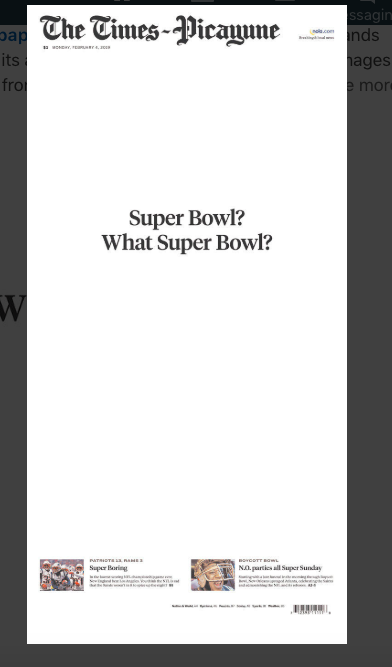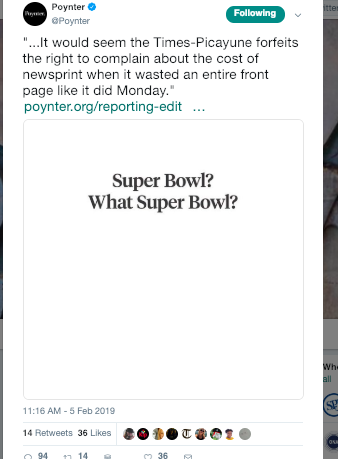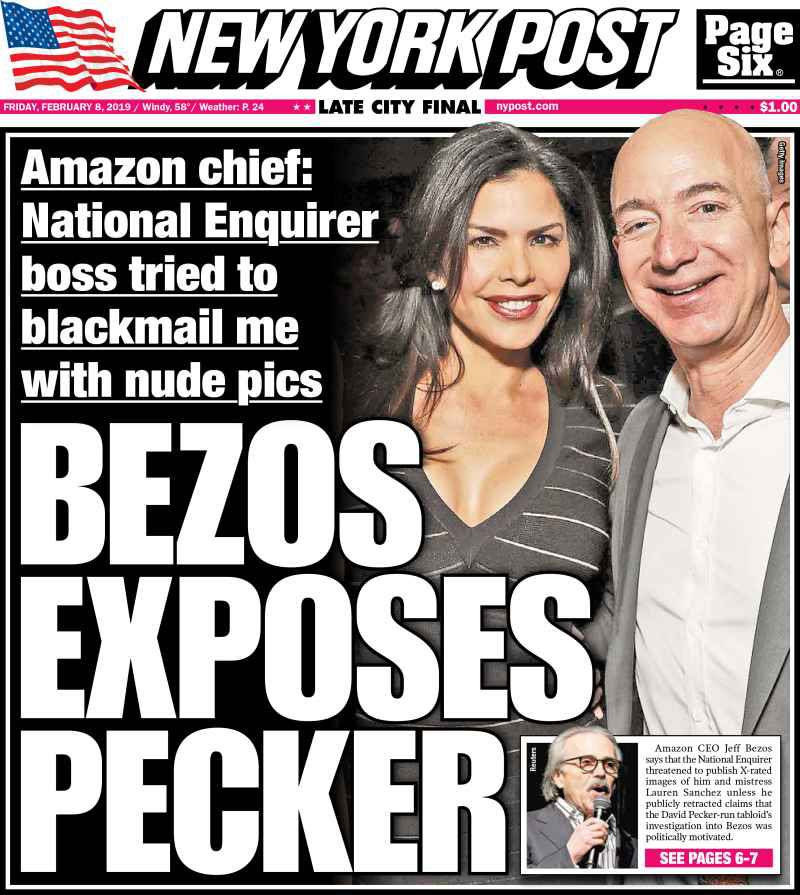This is the weekend edition of TheMarioBlog and will be updated as needed. The next blog post is Monday, February 11.
The marketing of our stories
I get to read this piece a couple of days after I encouraged students in my Columbia University class, Multiplatform Design & Storytelling, to learn how to market their stories.
I told them that when I was a reporter in the late 60s, we filed our story and then saw it published. It never occurred to an editor then to ask a reporter to promote the story. In fact, notions of marketing generally have never been a traditional journalist’s main priority.
That has changed in the digital era.
We now have the tools–the data–to tell us immediately about the fate of our stories and how the public reacts to them. God, I remember in my reporter days how we used to talk about our stories in terms of “how our friends liked it, ” or “how much my Mom enjoyed the story.” That was the extent of data analysis. Of course, it was not precise, nor factual, nor conducive to auto correction or inspiration for future stories.
Today, the moment stories appear, we can find out how readers are reacting to it. A good thing, for sure.
At The Seattle Times: reporters driving subscriptions
Now The Seattle Times is capitalizing on that technological offer. The Times has grown its digital subscriber base 38 percent to 40,000 in 2018,. How? Well, it “has been trying to get small teams of reporters to think more entrepreneurially about driving subscriptions”.
It wants them to not just monitor which kinds of content visitors read on their way to paying but also to experiment with new content and packaging formats designed to keep readers engaged.
How it did it:
In 2017, the Times gave its newsroom staff access to a dashboard that showed reporters which stories they published were driving subscriptions. Next, the Times’ executive editor, Don Shelton, formed several teams, called mini-publishers, which paired editorial staffers with members of the paper’s digital audience, product and business intelligence teams to figure out what kinds of content the audience likes, how to make more of it, and so on. The first two teams, which focused on local politics and the University of Washington’s football team, launched in 2017. But in 2018, it expanded that effort to more topics the Times knows are big subscription drivers, including the Seattle Seahawks and Mariners, opinion, real estate, outdoor and travel, and local food and drink.
Good idea from The Seattle Times. We have tools that we can utilize. First, however, we must convince reporters to use those tools. Furthermore, we must remind this new generation of journalists—as I do in my class– that it is right for reporters to do all they can to promote their stories, to pay attention to data collected after their stories are published, and, capitalize on that data for push notifications, newsletter entries and social media promotions.
Remember, reporters: Nobody will promote your story like yourself.
Food for thought. The Seattle Times case study is a winning one to make our point.
Read all about it here:
Follow up: too much white space?
We celebrated the front page of The Times Picayune the morning after the Super Bowl……but apparently not every one thoght it was a good idea!

This from the American Press Institute newsletter:
+ “…It would seem the Times-Picayune forfeits the right to complain about the cost of newsprint when it wasted an entire front page like it did Monday” …This was Poynter’s Tom Jones’ take on the Times-Picayune’s front page on Monday, which was blank except for the words “Super Bowl? What Super Bowl?” Jones’ argument that the lack of front-page content did a disservice to readers was met with resounding disagreement on Twitter. “Completely disagree,” wrote one user. “Sports is a key way newspapers now bond with their community. That front page was a funny, provocative way to connect.”

The art of the headline

The Wall Street Journal Design website
For fans of the WSJ, here is an interesting look at what the designers are doing there across platforms.
TheMarioBlog post #2988

